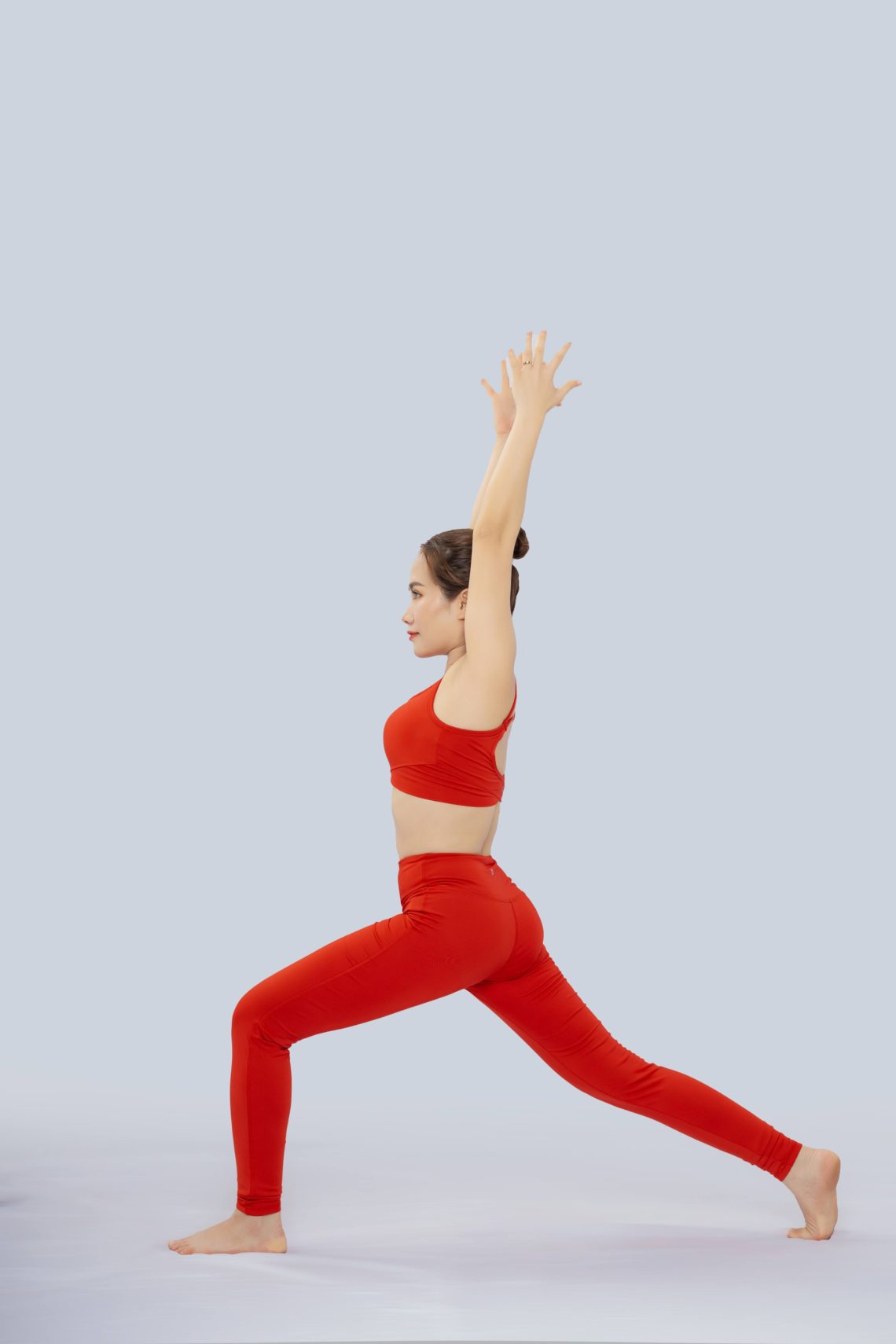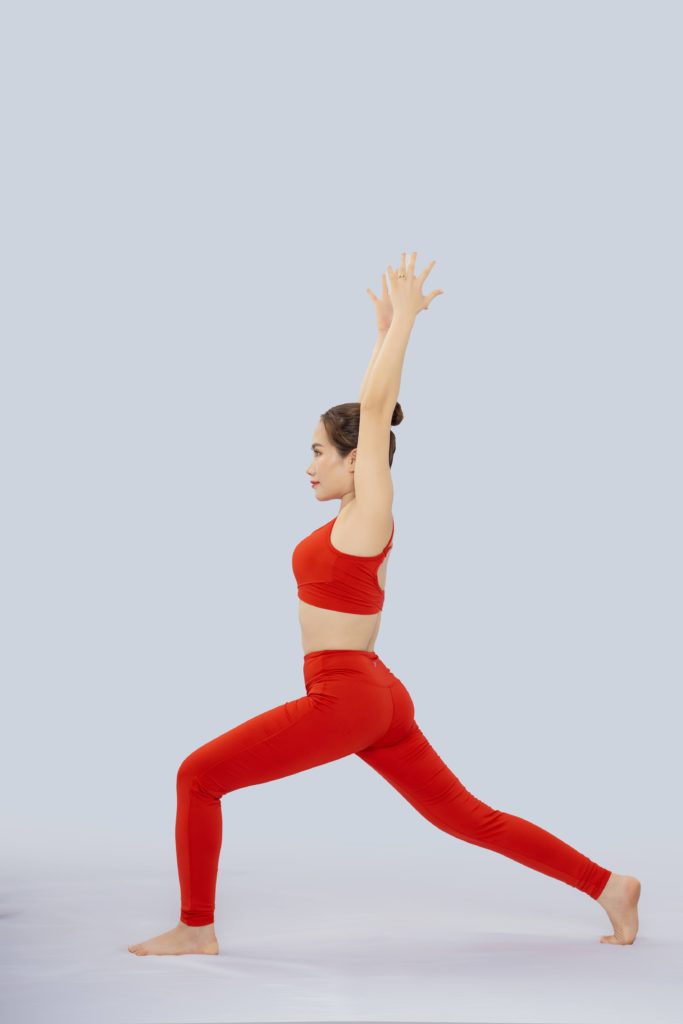
Pelvic Floor Exercises: Strengthening the Foundation for Women Over 40
As women age, it’s crucial to prioritize their health and well-being. One often overlooked aspect of fitness for women over 40 is pelvic floor health. The pelvic floor muscles play a significant role in supporting the pelvic organs, and as we age, they can weaken, leading to various issues. In this article, we’ll explore the importance of pelvic floor exercises and provide a comprehensive guide for women over 40 to strengthen this essential muscle group.

Understanding the Pelvic Floor
The pelvic floor consists of a group of muscles that form a supportive hammock-like structure at the base of the pelvis. These muscles work together to support the bladder, uterus, and rectum, maintaining proper urinary and bowel function. As women age, hormonal changes, childbirth, and lifestyle factors can contribute to pelvic floor weakness, leading to issues like urinary incontinence and pelvic organ prolapse.
Benefits of Pelvic Floor Exercises
Engaging in regular pelvic floor exercises, also known as Kegel exercises, offers a myriad of benefits for women over 40:
- Improved Bladder Control: Strengthening the pelvic floor muscles can reduce the risk of urinary incontinence and alleviate existing issues.
- Enhanced Intimacy: A strong pelvic floor can lead to increased sexual satisfaction and improved orgasms.
- Prevention of Pelvic Organ Prolapse: Pelvic floor exercises can help prevent pelvic organs from descending into the vaginal canal.
- Core Stability: A strong pelvic floor provides a solid foundation for core stability, reducing the risk of back pain and enhancing overall posture.
- Increased Circulation: Proper blood flow to the pelvic region can help maintain tissue health and vitality.
Getting Started with Pelvic Floor Exercises
Before diving into pelvic floor exercises, it’s essential to identify the correct muscles. To do so, try the following:
- Find the Right Muscles: While sitting or lying down, try to contract the muscles you use to stop the flow of urine or prevent passing gas. These are your pelvic floor muscles.
- Empty Your Bladder: For the exercises, start with an empty bladder to ensure proper muscle engagement.
- Maintain Focus: Avoid tensing your abdomen, buttocks, or thighs during the exercises, as these muscles should remain relaxed.
Effective Pelvic Floor Exercises
- Kegels: The classic Kegel exercise involves squeezing the pelvic floor muscles and holding for 5-10 seconds before releasing. Repeat this 10-15 times for one set and aim for 3 sets per day.
- Bridge Pose: Lie on your back with knees bent and feet flat on the floor. Lift your hips off the ground, engaging the glutes and pelvic floor. Hold for a few seconds before lowering back down. Repeat 10-12 times.
- Squats: While performing squats, focus on squeezing the pelvic floor muscles as you return to the standing position.
- Flutter Kicks: Lie on your back with legs extended. Lift one leg slightly off the ground and alternate between legs, engaging the pelvic floor throughout the movement.
- Yoga and Pilates: Both disciplines incorporate exercises that engage the pelvic floor, promoting strength and flexibility.
Incorporating Pelvic Floor Exercises into Your Routine
To make pelvic floor exercises a habit, consider the following tips:
- Set Reminders: Schedule designated times throughout the day to perform your exercises, such as after meals or during commercial breaks.
- Be Patient: Pelvic floor strength may take time to develop, so be consistent and patient with yourself.
- Mix It Up: Combine pelvic floor exercises with other activities, such as yoga or strength training, for a well-rounded fitness routine.
Conclusion
Pelvic floor exercises are essential for women over 40 to maintain optimal health and quality of life. By incorporating these exercises into your fitness routine, you can enhance pelvic floor strength, reduce the risk of pelvic floor issues, and improve overall well-being. Remember to consult with a healthcare professional if you have any existing pelvic health concerns. Empower yourself with knowledge and action to strengthen the foundation of your body, ensuring a healthier and happier life ahead.



